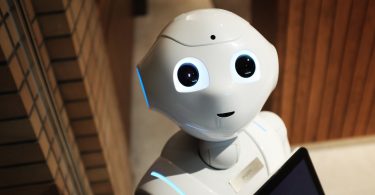Motor vehicle design has been the source of great intrigue and enthusiasm since we first advanced from using the horse-drawn carriage. It’s a type of precision engineering that informs both style and performance; where every minor detail is felt in the ride of the car, from gear changes to steering sensitivity.
Design and manufacturing has come a long way since the first mass produced automobile, the Ford Model T, where the initial model was very much the outcome of persistent trial and error. These days, sophisticated computer programs can be used to design the body of the car and simulate its trajectory, making physical trials one of the final steps in the production process. With advancements in virtual reality, however, could vehicle design technology soon be about to evolve?
How is virtual reality being used?
Recently, an exciting presentation at Microsoft Ignite 2017, one of the world’s largest technology innovation conventions, demonstrated the use of Microsoft’s new mixed reality headset in motor design and engineering. Virtual reality has long been anticipated to change the way we live our lives, and automobile engineering is just one of the many surprising applications of these devices.
One of the market leaders in this technology, Microsoft’s HoloLens projects a fully interactive hologram into your environment so that you and your team can experience design concepts and prototypes in mixed reality. While designers have been using virtual production suites and simulations for years, this has always been limited to a computer screen. The HoloLens goes far beyond that.
During the highly anticipated Vision Keynote, Microsoft CEO, Satya Nadella detailed the company’s recent visit to the Ford Motor Company headquarters in Detroit. It was demonstrated how Ford uses the HoloLens to design new vehicles, with an emphasis on the collaboration element of the technology.
How does it work?
Engineers may see their new design concept in a mixed reality space, where they can change things like the vehicle’s colour, add and remove components such as wing mirrors, and explore the impact that minor changes may have on a vehicle’s efficiency, using pre-loaded algorithms and, of course, the laws of physics.
As well as being able to visually interact with the mixed reality objects, the technology also uses Microsoft Teams (a project management and communication suite) to allow designers and developers to chat, share documents and images, and add notes to the project in real time. All activity is recorded on a timeline feature, which is then accessible retrospectively for a permanent record of the meeting.
Perhaps the most exciting element of the technology is the ease of use — designers can synchronise the HoloLens with their smartphone so they can login and continue designing the model wherever they are. With the project being updated in real time, design teams can have production meetings with users in different parts of the world, as no local connection is required.
It will be interesting to see whether other vehicle manufacturers take Ford’s lead and dive goggles first into the world of virtual reality. But with the technology evolving so rapidly, who knows what the future has in store for automobile engineering?









